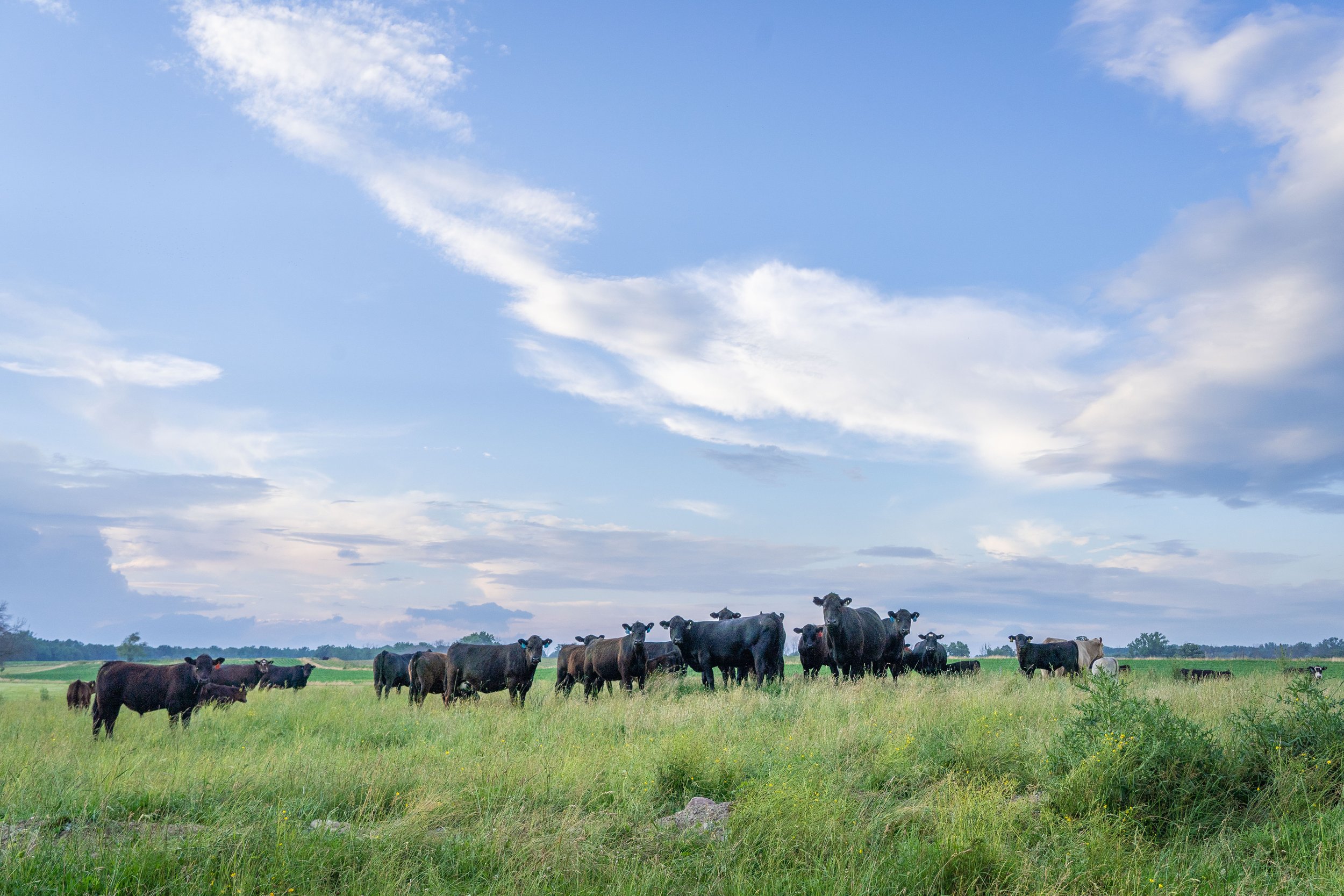Opening Development Prospective: Bagley Risk Management Approaches
Opening Development Prospective: Bagley Risk Management Approaches
Blog Article
Recognizing Livestock Risk Security (LRP) Insurance Policy: A Comprehensive Overview
Browsing the world of livestock threat security (LRP) insurance can be a complicated undertaking for numerous in the agricultural market. This sort of insurance provides a safeguard versus market changes and unforeseen situations that could impact animals producers. By comprehending the intricacies of LRP insurance, producers can make informed choices that may protect their procedures from monetary risks. From exactly how LRP insurance operates to the different insurance coverage choices offered, there is much to discover in this detailed overview that might potentially shape the method livestock manufacturers approach threat management in their companies.

How LRP Insurance Policy Works
Sometimes, recognizing the technicians of Livestock Threat Protection (LRP) insurance can be intricate, but breaking down just how it functions can provide quality for farmers and herdsmans. LRP insurance is a risk administration device developed to safeguard animals manufacturers against unexpected rate declines. It's vital to keep in mind that LRP insurance coverage is not an earnings guarantee; instead, it focuses exclusively on rate risk defense.
Qualification and Insurance Coverage Options

When it comes to coverage alternatives, LRP insurance uses manufacturers the versatility to pick the protection degree, coverage duration, and recommendations that ideal match their risk management requirements. By comprehending the qualification criteria and coverage choices readily available, livestock producers can make educated choices to take care of risk effectively.
Pros and Disadvantages of LRP Insurance
When examining Livestock Threat Protection (LRP) insurance coverage, it is necessary for livestock manufacturers to evaluate the advantages and drawbacks fundamental in this threat administration device.

Among the main benefits of LRP insurance is its capability to supply defense versus a decline in livestock costs. This can help safeguard producers from economic losses arising from market changes. Additionally, LRP insurance coverage provides a level of adaptability, allowing manufacturers to tailor protection levels and policy durations to fit their details needs. By securing an ensured cost for their animals, manufacturers can much better handle risk and plan for the future.
However, there are likewise some disadvantages to take into consideration. One restriction of LRP insurance is that it does not safeguard versus all sorts of risks, such as disease outbreaks or all-natural catastrophes. Premiums can sometimes be costly, particularly for producers with large animals herds. It is crucial for manufacturers to very carefully examine their specific risk direct exposure and economic situation to identify if LRP insurance coverage is the right threat monitoring device for their operation.
Understanding LRP Insurance Coverage Premiums

Tips for Making The Most Of LRP Conveniences
Taking full advantage of the advantages of Livestock Threat Security (LRP) insurance policy calls for critical planning and proactive threat management - Bagley Risk Management. To maximize your LRP coverage, think about the adhering to suggestions:
On A Regular Basis Evaluate Market Problems: Keep educated regarding market fads and cost fluctuations in the livestock sector. By monitoring these aspects, you can make informed decisions about when to buy LRP protection to protect versus possible losses.
Establish Realistic Insurance Coverage Levels: When choosing insurance coverage levels, consider your manufacturing costs, market worth of animals, and potential dangers - Bagley Risk Management. Establishing sensible insurance coverage degrees guarantees have a peek at this site that you are effectively safeguarded without paying too much for unneeded insurance coverage
Expand Your Protection: Rather than relying solely on LRP insurance, consider diversifying your danger monitoring techniques. Incorporating LRP with various other risk monitoring tools such as futures contracts or choices can give thorough protection versus market unpredictabilities.
Evaluation and Adjust Coverage Routinely: As market problems transform, periodically examine your LRP coverage to ensure it aligns with your present danger direct exposure. Adjusting protection degrees and timing of purchases can aid optimize your danger defense technique. By adhering to these pointers, you can make the most of the advantages of LRP insurance coverage and guard your livestock procedure versus unforeseen dangers.
Final Thought
In verdict, livestock risk protection (LRP) insurance policy is a useful tool for farmers to take care of the monetary risks connected with their animals procedures. By comprehending how LRP functions, qualification this hyperlink and insurance coverage alternatives, as well as the advantages and disadvantages of this insurance policy, farmers can make enlightened decisions to shield their source of incomes. By very carefully taking into consideration LRP premiums and applying methods to make the most of benefits, farmers can mitigate prospective losses and make certain the sustainability of their procedures.
Livestock producers interested in getting Animals Threat Security (LRP) insurance can check out a variety of qualification standards and protection options tailored to their certain livestock procedures.When it comes to protection choices, LRP insurance offers producers the adaptability to pick the insurance coverage level, coverage duration, and endorsements that finest suit their risk management demands.To grasp the complexities of Animals Threat Security (LRP) insurance coverage fully, recognizing the variables affecting LRP insurance costs is vital. LRP insurance costs are identified by numerous aspects, including the coverage level chosen, the expected rate of animals at the end of the protection period, the type of livestock being guaranteed, and the length of the protection duration.Review and Adjust Coverage Frequently: As market conditions alter, occasionally review your LRP insurance coverage to guarantee it lines up with your existing risk direct exposure.
Report this page